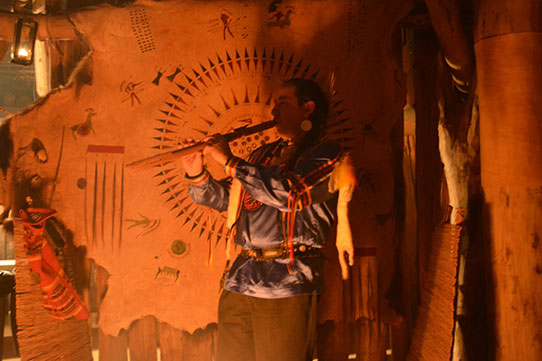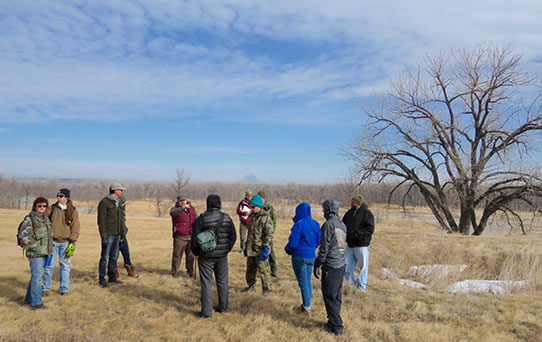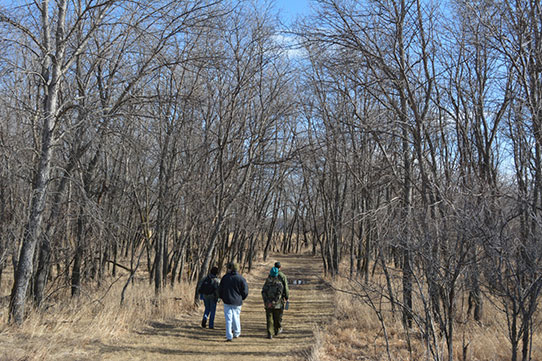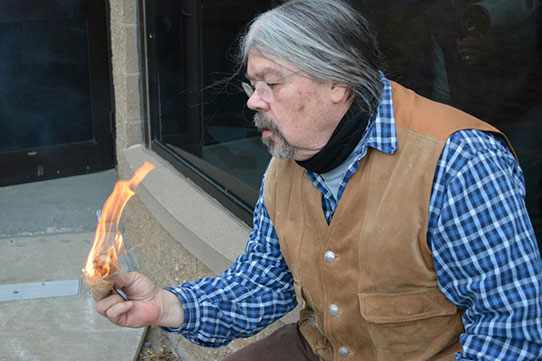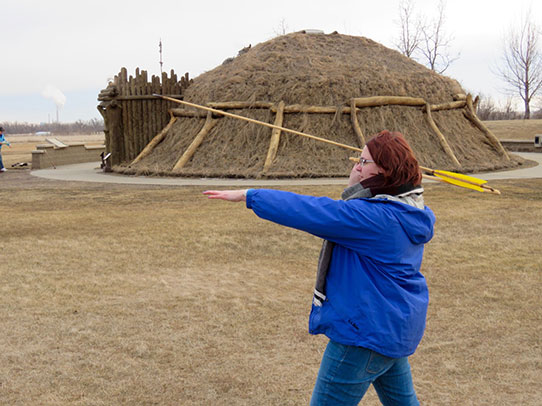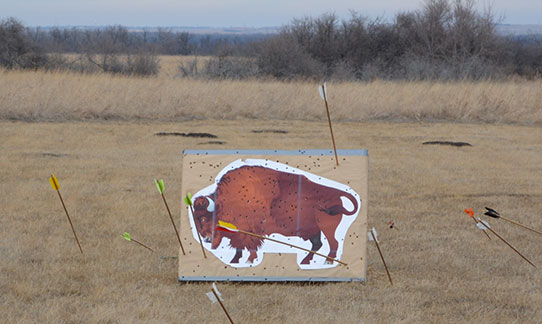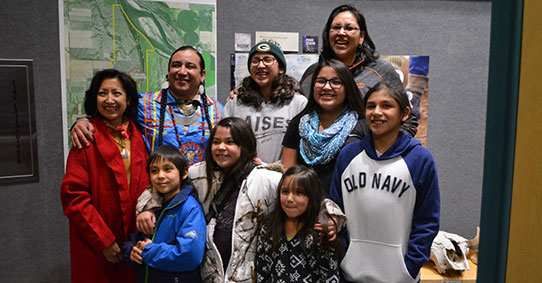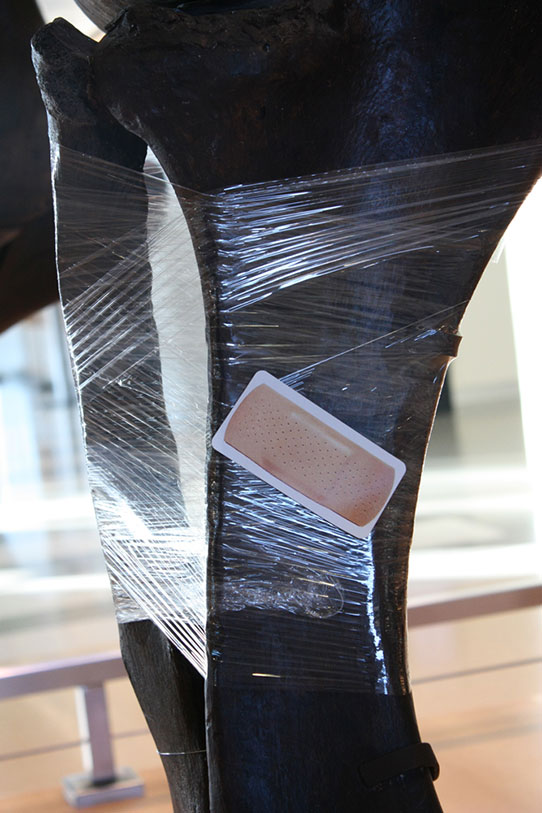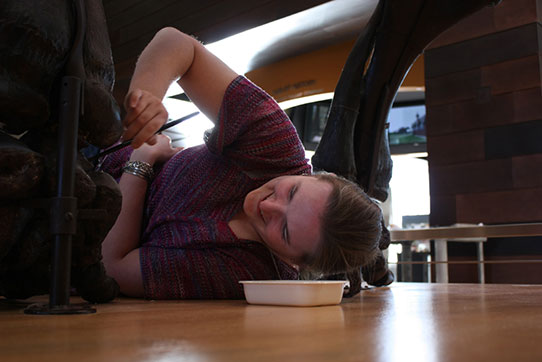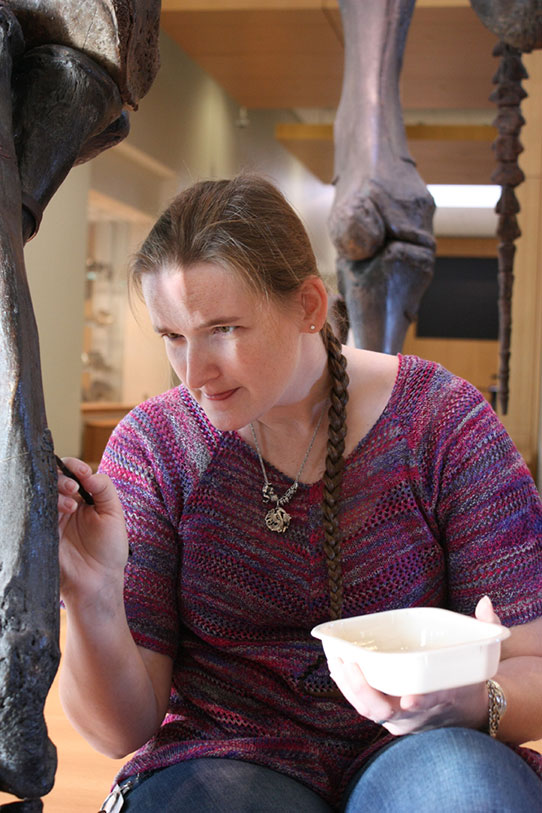Muhammad Ali in North Dakota? Discovering a Film Treasure in State Archives
Working with Archives’ film collections, it’s not out of the ordinary to come across something special once in a while. On January 26 I was searching through our film database for a requested topic when I spotted “Muhammad Ali” in a description. Immediately I figured this was a clip from the national news or something, and then I read the whole thing: “WDAZ Muhammed Ali talks with Boyd Christenson at the train depot.” “Wow!” I thought. “What could this be?” The database indicated it had not been digitized, so I went back to the storage vault and pulled core 2490 from the WDAY/WDAZ TV news collection 10351. It is 16mm film on a core with a total of 20 segments. The clip is nearly eight minutes and is a treasure.
For those too young to have been around during Ali’s boxing career here is a little refresher:
Muhammad Ali was born in 1942 as Cassius Clay in Louisville, Kentucky. He won the gold medal for boxing in the 1960 Olympics, turned professional boxer, and became the second youngest heavyweight champion of the world in 1964. Clay would convert to Islam in the 1960s and change his name to Muhammed Ali. He had his title stripped from him and was banned from boxing for three years for refusing to be inducted into the armed forces because of his religion and his anti-Vietnam war stance. He was later acquitted. Following his suspension, Ali would capture, lose, and recapture the heavyweight title several times throughout the 1970s. His last fight was in 1981. In 1984 he was diagnosed with Parkinson’s disease. He passed away on June 3, 2016.
On January 27, 1969, Ali, AKA “The Greatest,” was in North Dakota. North Dakota Sportscaster and eventual Sportswriter Hall of Famer Boyd Christenson of WDAY TV in Fargo interviewed Ali at the Fargo train station. In the interview, Ali speaks about civil rights, black society, and……the weather! How else could The Greatest have ended up in Fargo?
The following day the Forum read, “The champ, unstoppable in the ring, was decked here Monday by the North Dakota weather en route from his New York home to the west coast by car. Ali found the northern climate too much for a left jab and ended up in a snow bank.”
Enjoy the clips! Take a look at the full clip and a short one where Ali tells us why he’s in Fargo.


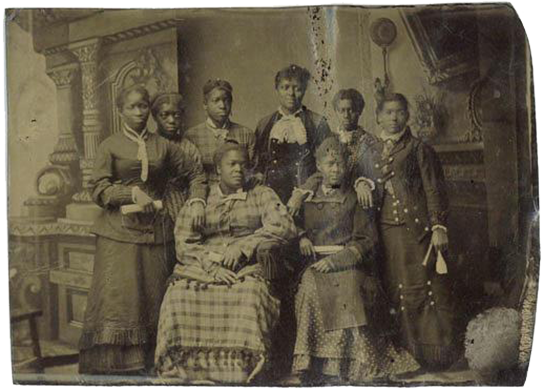
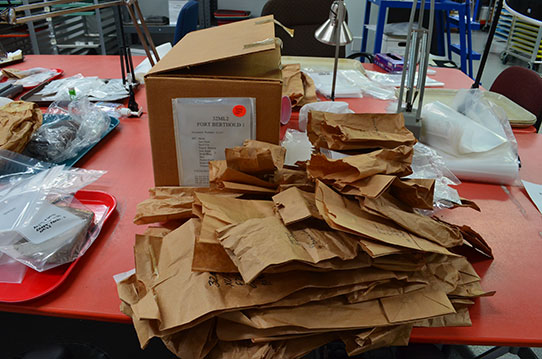
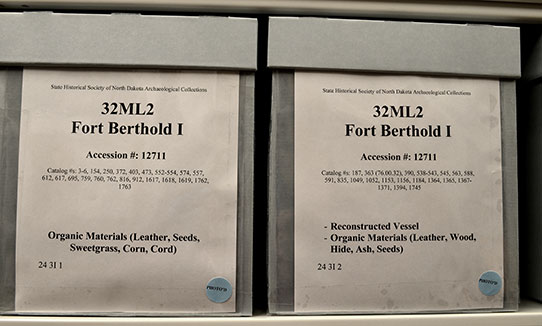
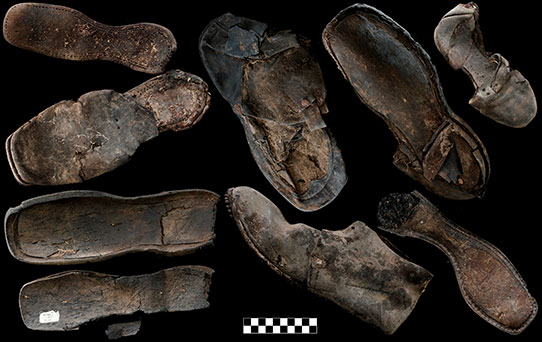
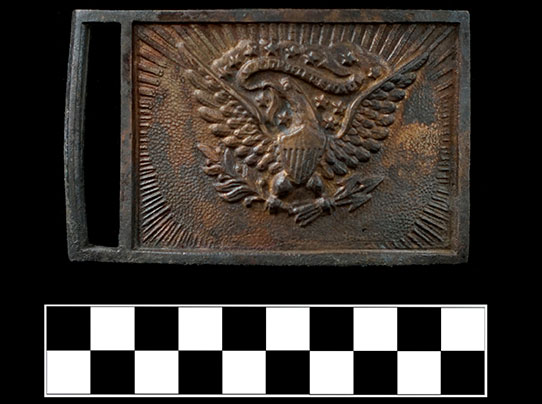
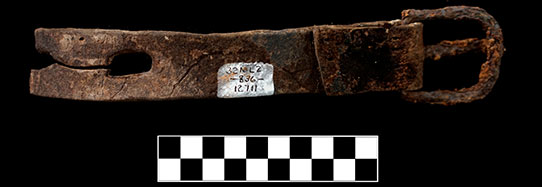
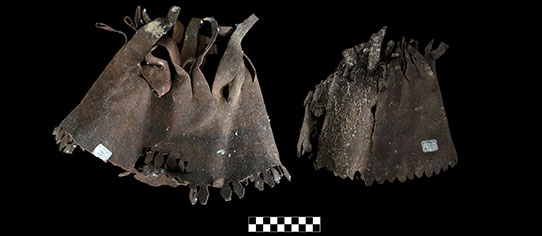
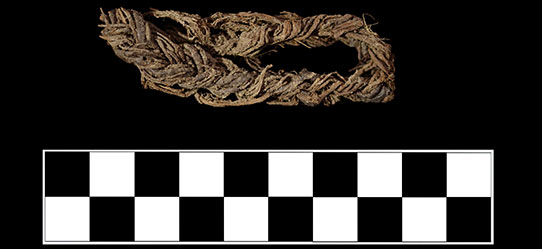
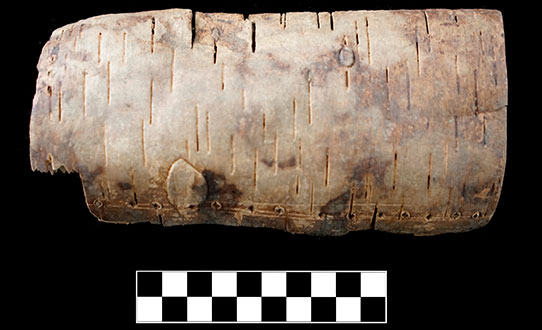
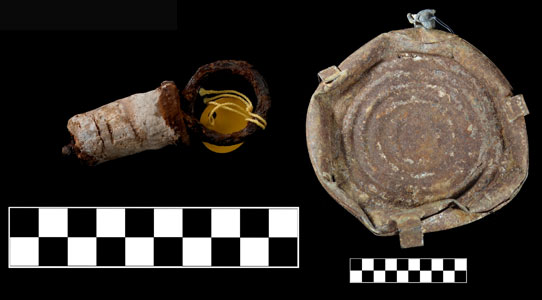

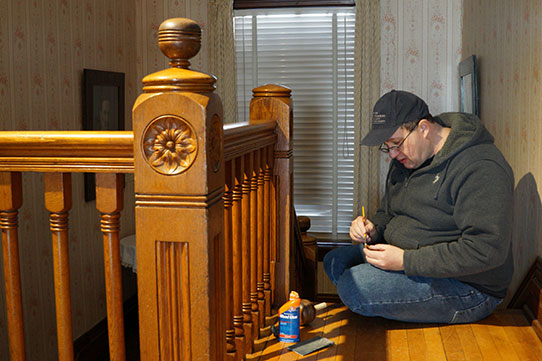
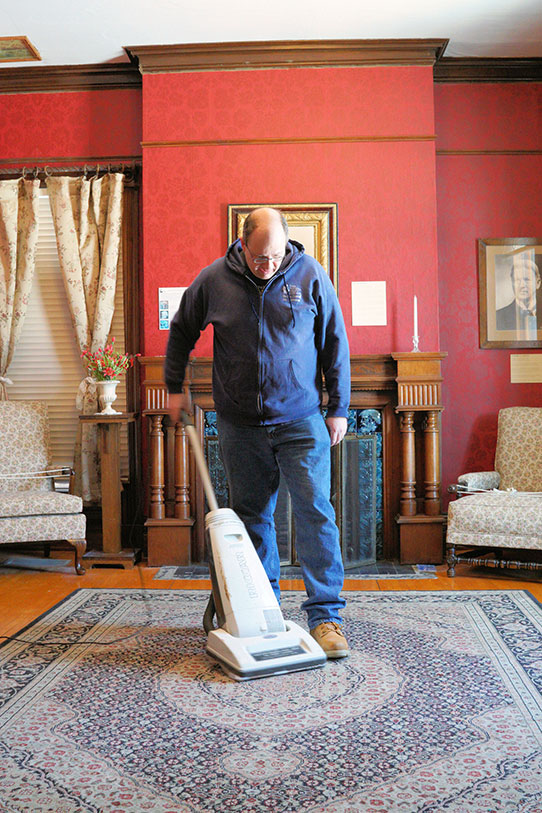
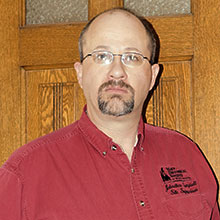 Johnathan Campbell has been around the SHSND for around a quarter of a century. He has been the site supervisor for both the Former Governors’ Mansion, and Camp Hancock State Historic Sites for over a decade, and previous to that was the fossil preparator for the North Dakota State Fossil collection.
Johnathan Campbell has been around the SHSND for around a quarter of a century. He has been the site supervisor for both the Former Governors’ Mansion, and Camp Hancock State Historic Sites for over a decade, and previous to that was the fossil preparator for the North Dakota State Fossil collection.